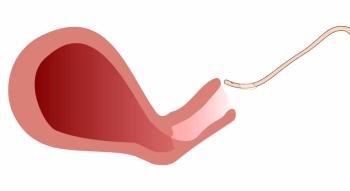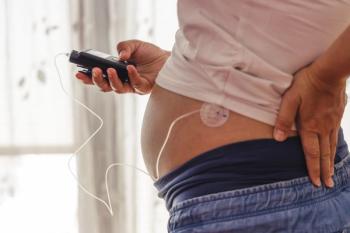
Editorial: Rising mercury: What to tell pregnant women about eating fish
In 1994 and 2004 the FDA and the EPA set upper limits on fish consumption by pregnant and lactating women and children.
Key Points
THROUGHOUT THE WORLD, fish is an important source of protein and energy. However, most saltwater fish accumulate small concentrations of MeHg from their food chain. While MeHg levels are less than 0.05 parts per million (ppm) in most commercially distributed fish, larger predatory fish can accumulate far higher levels, often exceeding 1 ppm.3 One study found that mean mercury levels were almost fourfold higher among women who ate three or more servings of fish in the prior 30 days compared with women who ate no fish during that period (1.94 μg/L vs. 0.51 μg/L; P<0.001).4
So how much is too much MeHg?
That the FDA/EPA may have been too conservative with their fish limits was suggested by a recent large prospective cohort study. The Avon Longitudinal Study of Parents and Children (ALSPAC) study followed 11,875 pregnant women who completed a food frequency questionnaire at 32 weeks of pregnancy in 1991-1992.14 Women were divided into three groups: no fish consumption, some fish consumption (1–340 g/week), and high fish consumption (>340 g/week). The offspring were followed regularly until 8 years of age and developmental, behavioral, and cognitive testing was performed at regular intervals. After adjusting for 28 possible confounders, there were essentially no differences between the offspring of low- and high-volume fish consumers. However, when the offspring of no fish consumers and high fish consumers were compared, the former group had an increased risk of being at the bottom quartile of verbal IQ scores (OR 1.48; 95% CI, 1.16–1.90). The authors concluded that there seems to be no harm in maternal fish consumption of more than 340 g/week and that such consumption levels might be beneficial.
Should pregnant patients be eating more fish?
Newsletter
Get the latest clinical updates, case studies, and expert commentary in obstetric and gynecologic care. Sign up now to stay informed.















